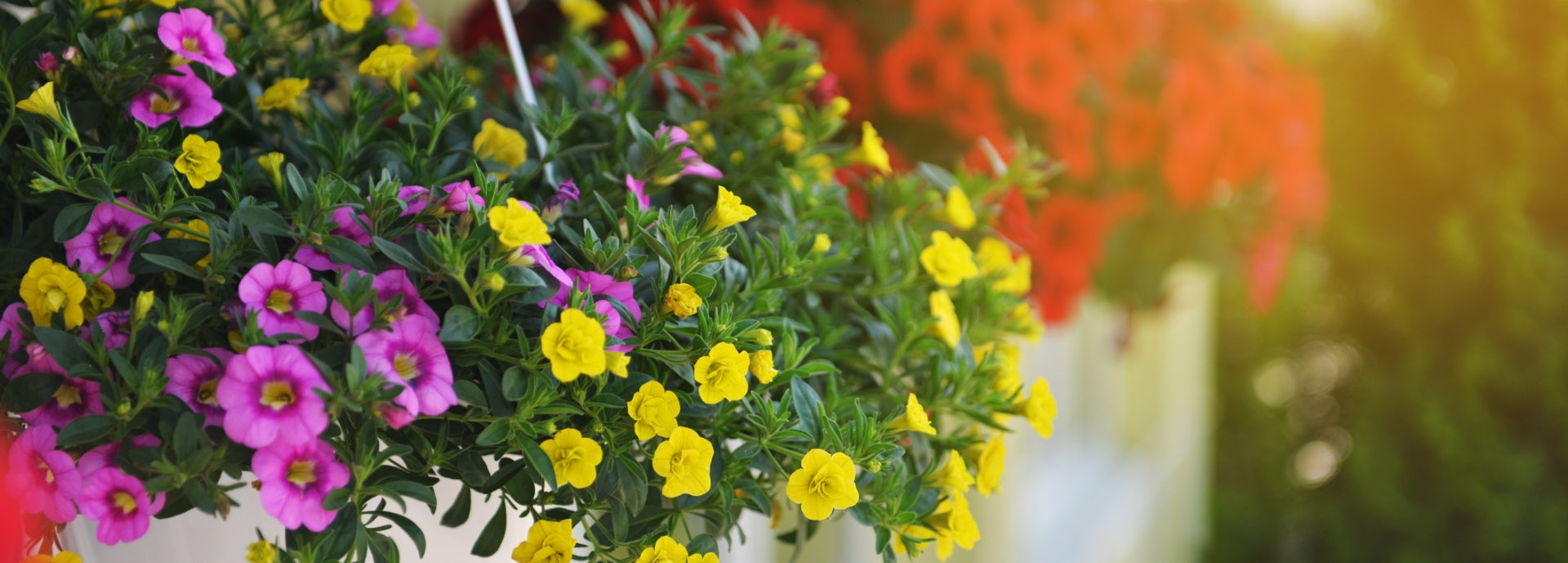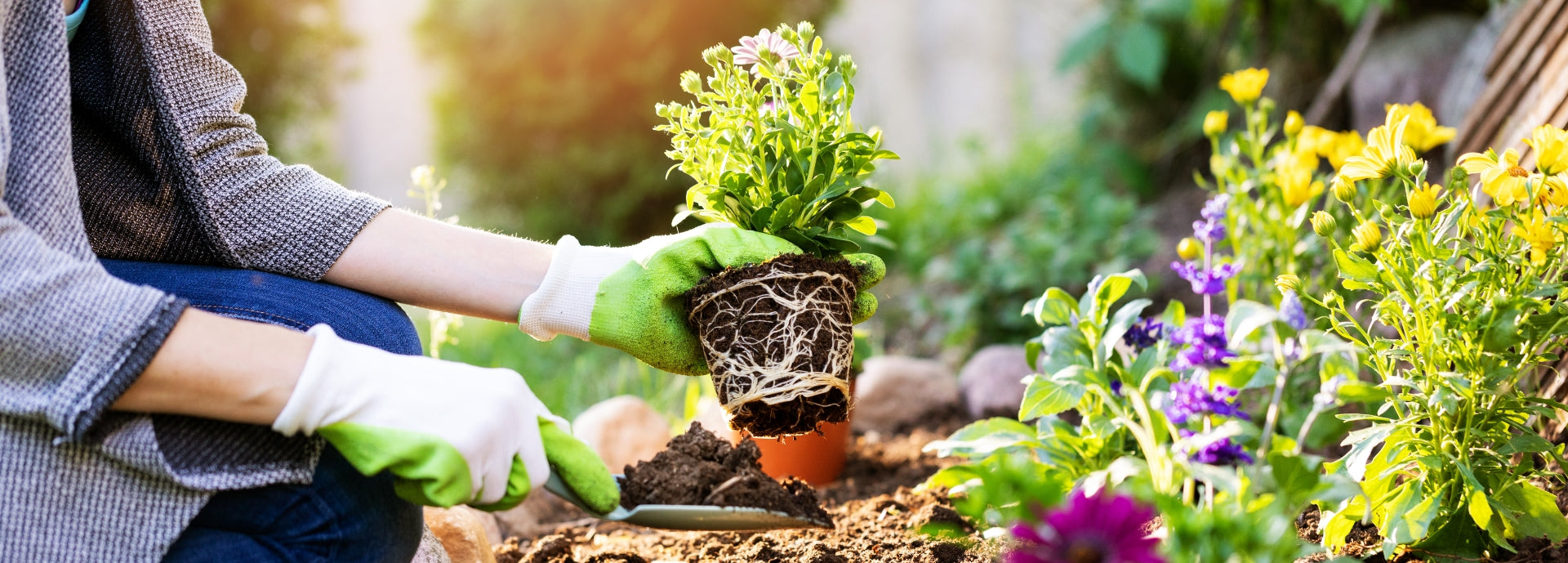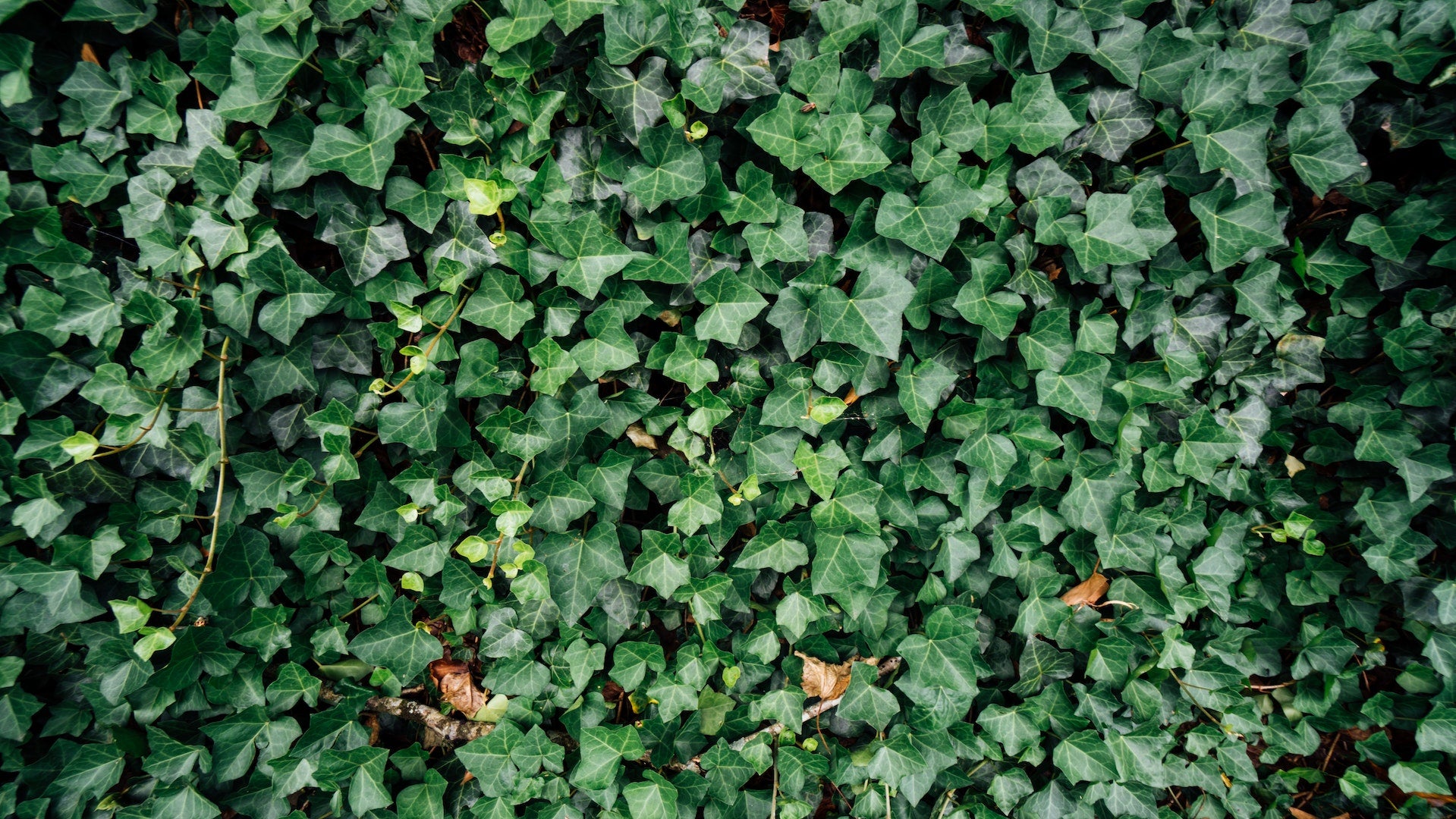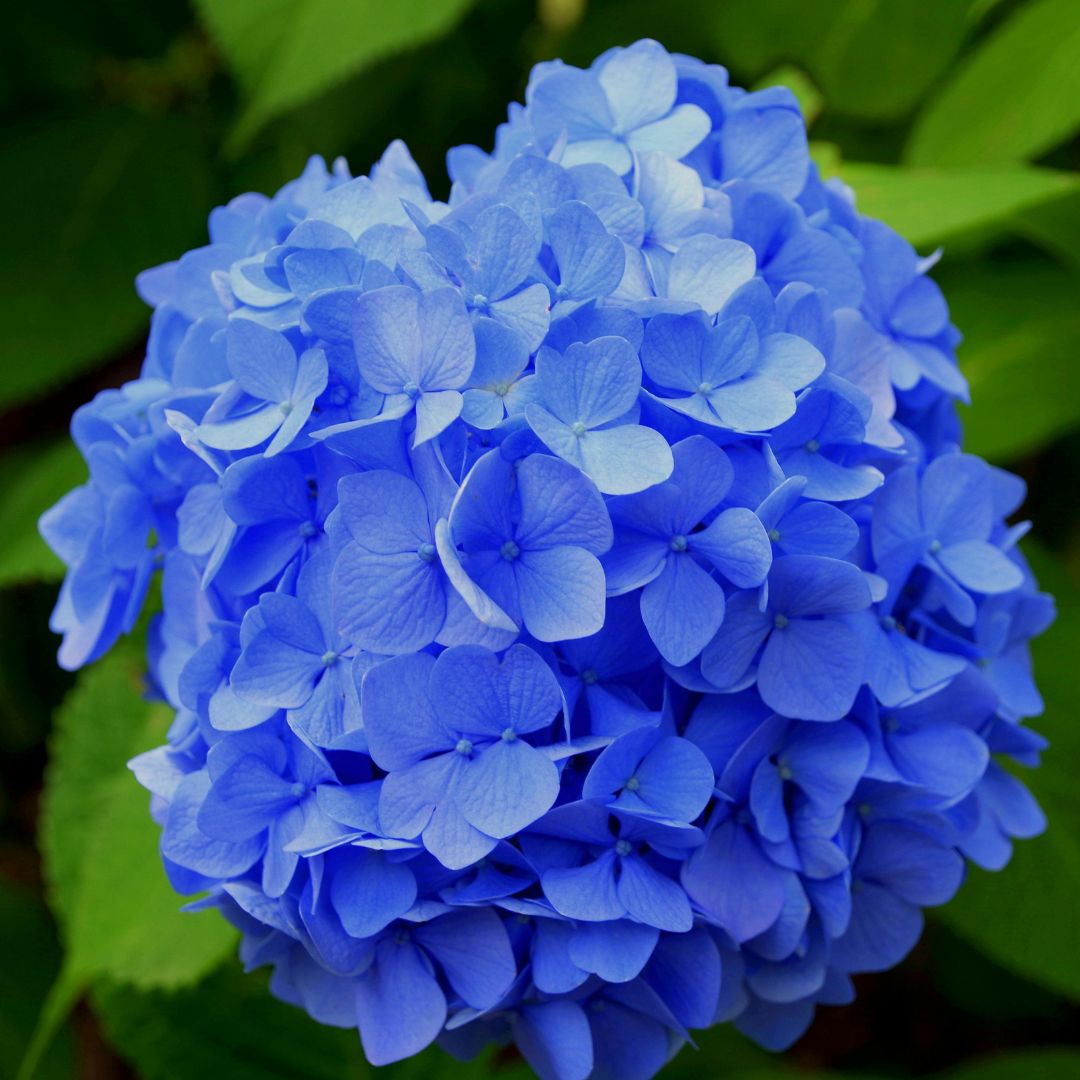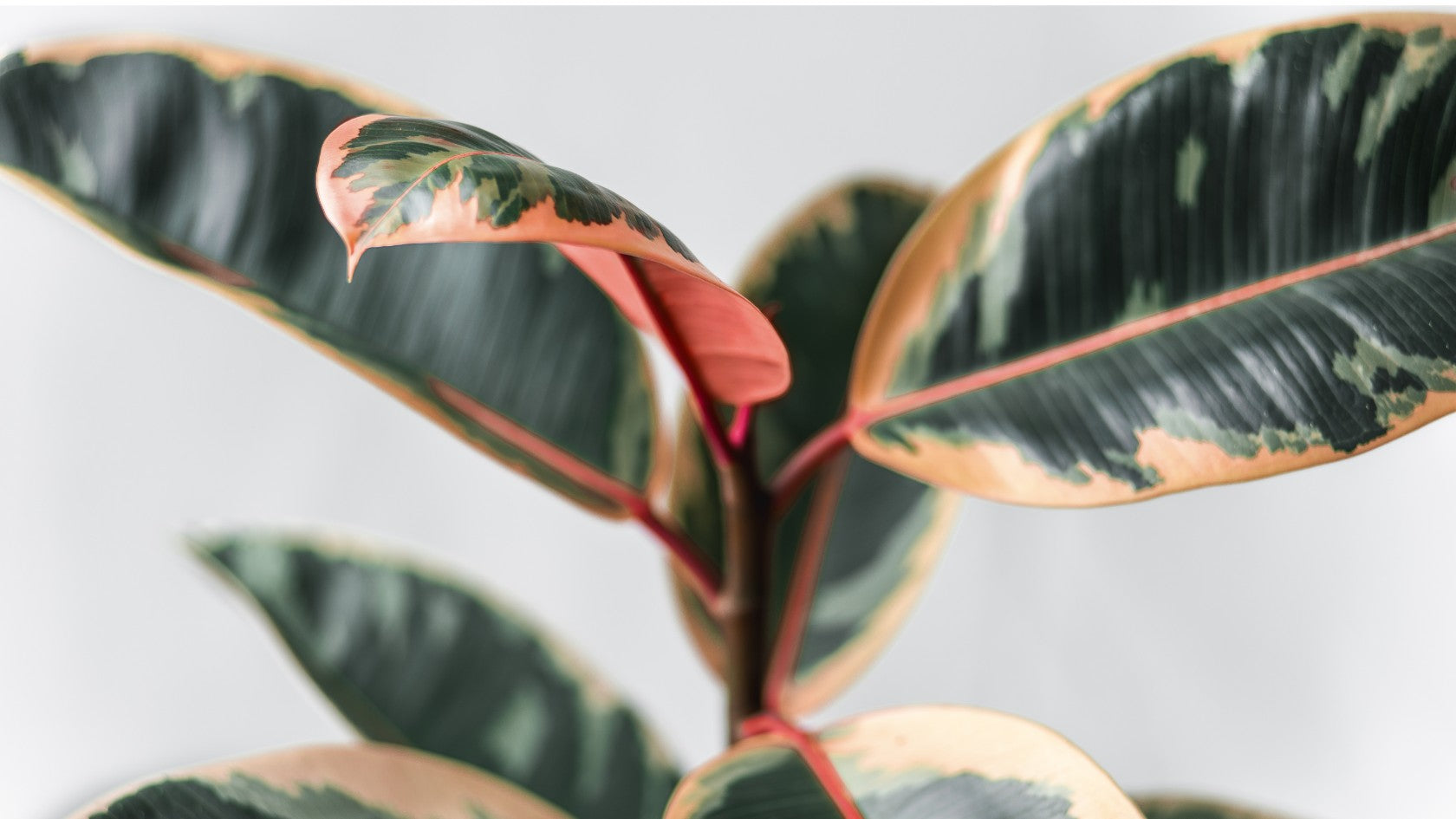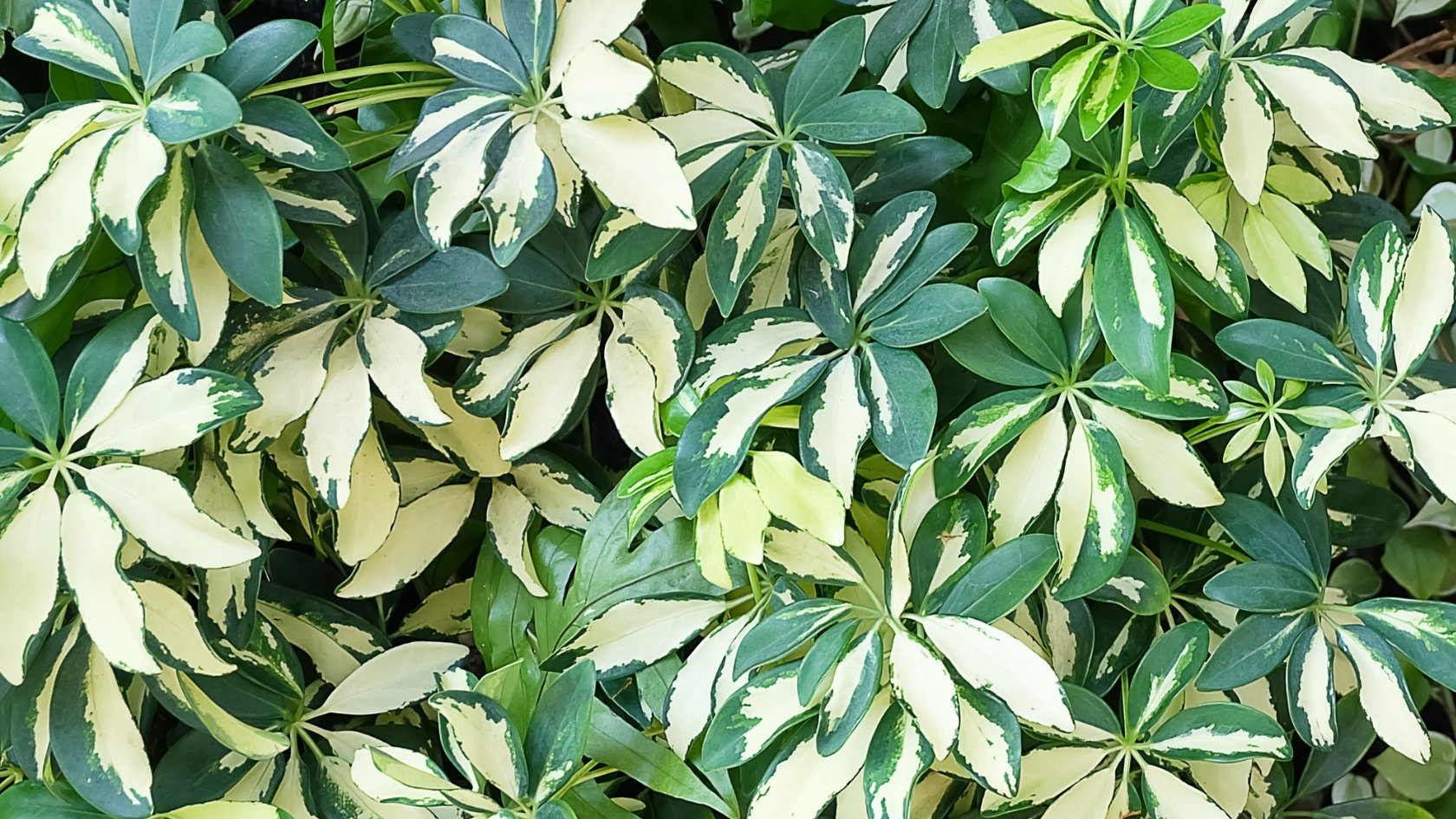Adding a touch of nature to our living spaces can greatly enhance the ambiance and provide numerous benefits. One popular choice for indoor and outdoor greenery is English Ivy (Hedera helix). With its elegant trailing vines and lush foliage, English Ivy is not only aesthetically pleasing but also known for its air-purifying qualities. However, like any other plant, it requires proper care and attention to thrive. Let’s explore the art of caring for English Ivy and uncover the secrets to keeping this beautiful plant healthy and vibrant.
- Choosing the Right Location:
English Ivy can adapt to various light conditions, but it thrives in moderate to bright indirect light. When selecting a spot for your ivy, consider placing it near a window where it can receive filtered sunlight or in a well-lit area of your home. Avoid exposing it to direct sunlight, as this can scorch the leaves. Additionally, English Ivy prefers cooler temperatures ranging between 50-75°F (10-24°C).
- Watering:
Proper watering is crucial for the well-being of English Ivy. Allow the top inch of the soil to dry out before watering again. Overwatering can lead to root rot, so it's important to avoid excessive moisture. On the other hand, don't let the soil completely dry out either, as this can cause the leaves to wilt. It's best to check the moisture level by sticking your finger into the soil and adjusting your watering schedule accordingly.
- Humidity:
English Ivy appreciates higher humidity levels, especially during dry winter months or in areas with low humidity. To increase humidity, you can mist the leaves with water or place a tray filled with water and pebbles beneath the plant. As the water evaporates, it will create a humid microclimate around the ivy.
- Soil and Fertilization:
Provide your English Ivy with well-draining soil to prevent water logging. A mixture of potting soil, peat moss, and perlite works well. Fertilize your ivy every four to six weeks during the growing season with a balanced, water-soluble fertilizer. Always follow the instructions on the fertilizer package to avoid overfeeding, as excessive nutrients can damage the plant.
- Pruning and Training:
English Ivy is a vigorous grower, so regular pruning is necessary to maintain its desired shape and prevent it from becoming invasive. Trim any leggy or yellowing stems to encourage bushier growth. Additionally, consider training the vines to climb a trellis or along a wall for an attractive display. Use soft ties or plant clips to gently secure the vines without causing damage.
- Pests and Diseases:
English Ivy is generally resistant to pests but can occasionally be susceptible to spider mites, aphids, or mealybugs. Regularly inspect your ivy for any signs of pests and take prompt action if necessary. Wiping the leaves with a damp cloth or using insecticidal soap can help control minor infestations. Avoid over watering, as it can create a damp environment conducive to fungal diseases.
English Ivy is a versatile and resilient plant that can add a touch of elegance to any space. By providing it with the right conditions and care, you can enjoy the beauty and benefits of this lush greenery for years to come. Remember to find a suitable location with adequate lighting, maintain a proper watering schedule, and create a favorable humidity level. With regular pruning and attention to pest control, your English Ivy will flourish, bringing life and tranquility to your home or garden. Happy gardening!


